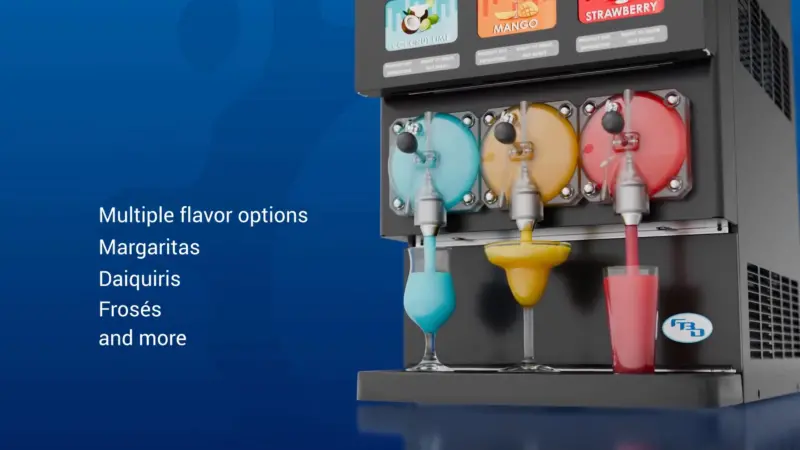What Lies Ahead for the Future of Food Traceability
Food is serious business. Now, on The Main Course, host Barbara Castiglia will invite insiders on the front lines of food to share their expertise, strategies, and forecasts for navigating the ever-changing restaurant industry.
A key component of the FDA’s New Era of Smarter Food Safety Blueprint, the U.S. Food and Drug Administration (FDA) just announced a critical update to the Food Safety and Modernization Act (FSMA)—Section 204(d)(2)(A)—which establishes additional traceability recordkeeping requirements for “high risk foods” such as leafy greens, fresh cut fruits and vegetables, some types of fish, shell eggs, nut butters, and more.
Angela Fernandez, the Vice President of Community Engagement at GS1 US, the information standards organization , leads all activities in the consumer packaged goods, fresh foods, foodservice and retail grocery industries. With nearly 20 years of experience, Fernandez collaborates with brands and retailers as part of GS1 US’ industry initiatives to improve recall response and enable more proactive food traceability. And today, Fernandez joins Barbara Castiglia on MarketScale’s The Main Course podcast to discuss how she got interested in food safety, as well as how the industry is preparing for this new rule, including:
- Why food traceability is so vital
- What’s already been done to support improved food traceability and harmonize the food system
- How technology, like RFID, has enhanced food supply chain traceability and transparency
- What restaurants need to know both about GS1 and the new rule, as well as best practices to follow
To learn more, tune into the podcast now. And for further information regarding Section 204(d)(2)(A) of the FSMA, check out this video featuring FDA Deputy Commissioner Frank Yiannas as he explains how the new rule reflects a more modern food system focused on efficient, standardized data exchange in order to help minimize the spread of outbreaks in high risk food categories.





